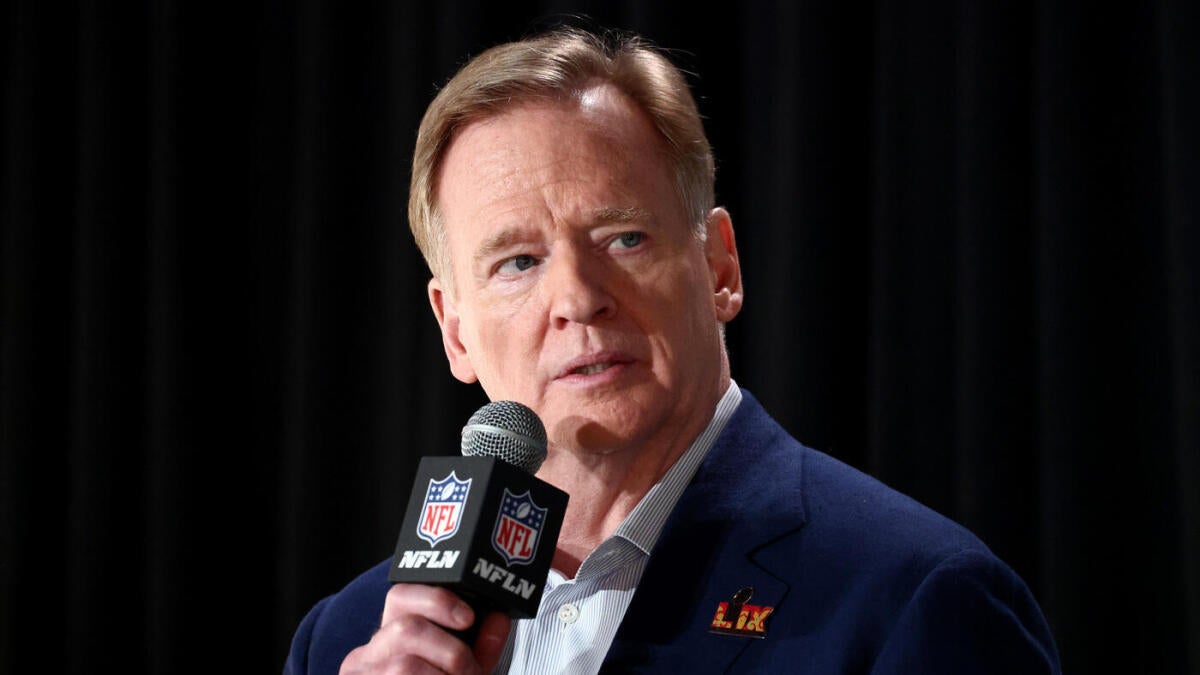Navigating the NFL’s Ambitious Journey to a Global Stage
The NFL stands on the threshold of a remarkable transformation, one that could redefine its identity from a predominantly American pastime to a global sporting powerhouse. Central to this vision is expanding the number of regular-season international games to 16 annually within the next five years—a dramatic surge from the modest handful played today. This shift, spearheaded by Commissioner Roger Goodell, promises to diversify the league’s footprint, unlock new markets, and alter the very fabric of the NFL experience.
The Current Scene: A Taste of International Play
Today, the NFL’s international presence is growing, yet remains contained. In 2024, the league has slated roughly five international games, mostly in familiar territories like the UK and Mexico but branching out into fresh arenas such as Spain’s iconic Bernabéu Stadium in Madrid and São Paulo in Brazil. By 2025, this expansion accelerates to eight games across six countries—including Ireland, Germany, and Spain—showcasing a purposeful push beyond North America.
The UK and Germany have surfaced as crucial international hubs, offering enthusiastic fans and stadium infrastructure capable of supporting the NFL’s demands. These markets underscore the league’s strategy: cultivate strongholds abroad while testing new frontiers. The result is a pipeline for fan engagement that’s steadily broadening.
A Bold Vision: From Five to Sixteen International Games
Goodell’s commitment to accelerating international growth comes alongside plans to extend the NFL regular season from 17 to potentially 18 games. This combination aims to provide scheduling flexibility essential for integrating up to 16 international contests annually. Achieving this scale involves nearly doubling the international games in a compressed timeline, a formidable logistical feat.
The vision imagines every NFL team playing at least one game outside the U.S. each season, effectively globalizing the league’s weekly rhythm. Additionally, in strong markets such as the UK or Germany, the league might double up on games, leveraging enthusiastic fan bases and commercial opportunities. Extending the season not only allows teams to accommodate this globe-spanning itinerary but also helps maintain competitive fairness for all 32 franchises.
Facing the Challenges: Logistics, Players, and Equity
Integrating 16 international games yearly demands sophisticated scheduling that balances travel complexities, jet lag, and player health. These issues are non-trivial; cross-continental travel risks fatigue and injury, potentially impacting game quality. The expanded 18-game season also raises concerns about player welfare, fatigue, and longevity on the field.
Labor relations add another layer of complexity. The collective bargaining agreements (CBAs) set the guardrails for game expansions and scheduling changes, with discussions around season length expected to continue into 2031. Reaching consensus between league management and players on these significant changes requires delicate negotiation.
Fueling Growth: Fan Base Expansion and Market Penetration
More international games mean deeper engagement in thriving markets and a foot in emerging ones. Europe remains central, with Germany’s surging fan base and renewed excitement in the UK, Spain, and Ireland. South America is an untapped arena, with Brazil’s participation hinting at enormous potential.
This international expansion serves multiple strategic purposes: it fosters local fandom through live experiences, enhances global broadcasting opportunities, and bolsters commercial partnerships in diverse markets. The NFL is positioning itself not just as a U.S.-based league but as a cultural brand with worldwide resonance.
Looking Beyond: The Super Bowl and Asian Markets
Goodell’s ambitions stretch further. Hosting the Super Bowl internationally stands as a tantalizing prospect, leveraging the expanded global calendar to stage marquee events abroad. This step would symbolize the NFL’s evolution into a truly global spectacle.
Additionally, Asia is on the NFL’s growth horizon, targeting colossal sports markets. While the logistics of games in this part of the world remain complex, the potential payoff is immense given the region’s population size and sports enthusiasm.
A New Global Era: Conclusion
The NFL’s vision for a 16-game international schedule within five years, paired with an extended season, signals a game-changing shift. It’s a strategy that blends commercial savvy with a desire to connect with diverse audiences worldwide. Overcoming challenges like scheduling complexities, player health, and labor negotiations will be essential but not insurmountable.
If successful, the NFL’s transformation will usher in an era where football transcends borders, inviting fans from Spain to Brazil, Germany to Ireland, and beyond to share in the excitement live. This evolution promises not only financial growth but a lasting cultural impact, defining the NFL’s identity well into the future.











